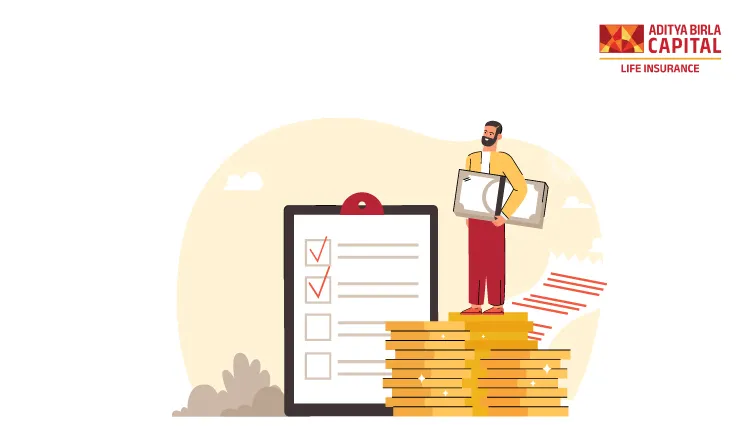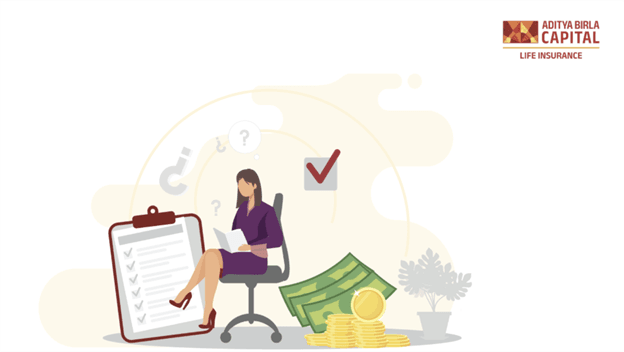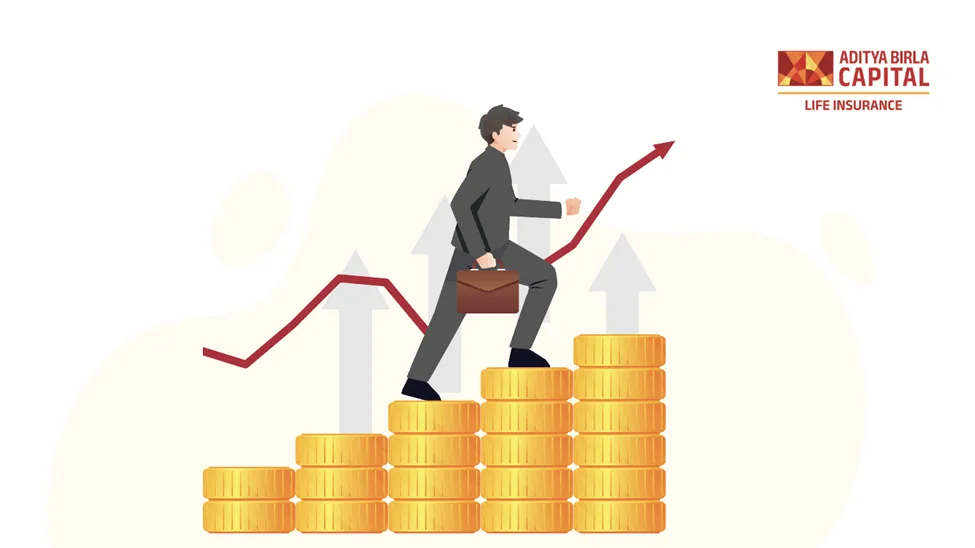Are you planning to invest some of your hard-earned money into the stock market to get good returns and fulfil your goals in no time by becoming a success story? If your answer is yes then this article will surely help you get closer to your goals.
It is absolutely important to conform to the different aspects of investment to maximise returns and accumulate capital over a long period. Below is a list of some smart investment plans for 3 years that can help you meet your financial needs in a short span of time.
Characteristics of Short-term investments
Short-term investments have the following characteristics:
- An investment tenure of 3 years or lesser
- High liquidity
- Principal remains intact
- Optimum returns (one can’t expect extraordinarily huge returns from short term investments however getting optimum returns is possible)
Benefits of Investing in 3 years investment plans
Instead of keeping your money merely in your bank account for years, it is usually a good idea to invest it after conducting a thorough analysis. But, if you still have questions or are sceptical of the merits of investing, this list of advantages might allay your concerns.
-
Liquidity
One of the main advantages of short-term investing is that it furnishes high liquidity. This indicates that investors have the flexibility to make investments or save their holdings whenever necessary. The liquidity provided by short-term investments aids investors in protecting their long-term assets and establishing a long-term financial pad.
-
Diversification
Diversification is another advantage of short-term investing. You can opt to invest a modest amount or a huge quantity of money, depending on your needs or suitability. Investors can participate in multiple investment products at once because of the flexibility given by short-term investments. As a result, it can aid investors in building a diverse investment portfolio.
-
Optimal Returns
Several short-term investing prospects are high-risk and provide good profits. But, compared to long-term investments, short-term investments carry less risk, making them a viable option for investors with low-risk wants.
-
Flexibility
Making short-term investments has many advantages, one of which is flexibility, which gives investors the chance to adjust their investments at specific intervals. Unlike long-term investments, the amount made in short-term investments is not obligated. Additionally, it gives investors the chance to reinvest their returns in different investment options that can produce higher returns over three to four years.
-
Risk
Investors can lower their risk by utilising diversification. The related risk is divided equally as the amount is allocated to different asset classes. The return provided by the other asset classes balances the risk associated with one asset class.
-
Beat Inflation
Inflation is the term used to describe the long-term increase in the expense of living. It may affect one's financial situation. One of the useful methods to outpace inflation is to attain positive real returns over the long term through investing. Because it has the potential for both greater income returns and capital growth.
Types of Short-Term Investments You Can opt For
1. Saving Accounts
Savings accounts are a form of bank account that let customers put in money, receive interest on their balance, and then take cash out when required. A savings account is a typical option for saving and investing since, in addition to these important functions, it may also deliver several other benefits and preferences. Depending on the bank and the particular type of account, a savings account's actual features may vary. Moreover, the bank puts several restrictions on a savings account, for example, the number of withdrawals that one can make each month.
Characteristics of a Saving Account
Following are some of the features of a saving account:
### 1. Interest Rates
- In exchange for retaining depositors' money with them, banks provide interest to them.
- The portion that the bank settles with on the user's stake is known as the interest rate.
- The amount put in the bank account specifies the interest rate that banks will have to provide.
- RBI's (Reserve Bank of India) banking guidelines may have an influence as well.
- Different banks may furnish contrasting interest rates.
2. Minimum Balance Requirement
Maximum savings accounts make it mandatory for you to sustain a minimum bank balance at the end of the month. Liabilities are assessed for failing to preserve this minimum savings account balance. The minimum balance needed differs between banks and savings account types.
3. Withdrawal facility
You can withdraw your money at any given point from a savings account at any location. Moreover, there is a limit that is specified by a bank on how much money you can withdraw and how many times you can do so on a monthly or yearly basis.
4. ATM Facility
Banks frequently allow their customers to use their ATMs free of cost. However, there is a fee for using an ATM that is not connected to your bank when you want to make a withdrawal. In addition to the withdrawal fee, foreign ATMs charge a fee for currency conversion when you use one to make a withdrawal.
5. No Age restriction
Anybody of any age group is allowed to open a savings account. Plus the different types of bank accounts have their provisions, eligibility and advantages that make them convenient for people of all age groups. Senior citizens aged above 60 years, children aged below 10 years or people with a salary are all eligible to open a savings account.
6. Account Term
There is no time limit applied to the account opening. The account holder can maintain his/her account for as long as they want. But the account may become inactive if no transactions or withdrawal takes place for a period of two or more years. In such a case the account holder will have to contact the bank.
7. Net Banking
The best facility provided by the savings account is that it lets you conduct online transactions. You can use internet banking or mobile banking apps for various purposes like receiving money, paying bills, investing, ordering food or online shopping.
8. Effortless Account termination
You can seize your bank account at any time by visiting your bank in person. It is important to visit your bank as online closure is not possible. If your account is inactive then you need to reactivate it before closing.
2. Fixed Deposits (FD) and Recurring Deposits (RD)
For a very long time, numerous investors have persisted to go for the FD and RD investment strategies. If you want to invest with slight risk and a guarantee of returns, FDs and RDs could be good options. These accounts are easy to open with reputed banks, non-banking monetary institutions, and post offices as well.
Facets of FD and RD:
- Assured return
- Minimal risk to the amount invested
- Simple facility for renewal and withdrawal
- Adaptable investment size
Eligibility to open a Fixed Deposit Account
The features listed below must be taken into account when opening a fixed deposit account:
- For those who wish to preserve their wealth and avoid taking chances in their 40s or 50s.
- For someone with taxable income, it may be a tax-saving investment choice.
5 Important Factors You Should Keep in Mind While Opting For a 3- Years Investment Plan
It is essential to pick the right investment plan to make sure you meet your financial goals without any hassles and with minimum risks. Hence keep the following points in mind while choosing the right investment plan for a short tenure.
-
Investment goals
Take some time to jot down your investment goals to make sure your investment plan is concise and accurate. You need to be sure of the duration for which you want to invest and the returns you expect during that tenure to be able to pick the right investment option.
-
Risk tolerance
You need to be aware of your risk tolerance. Since every investment plan has some amount of risk involved, it is best to analyse the same and check which one you can opt for without harming your accumulated wealth in all kinds of market situations to avoid future losses.
-
Fees involved
You also need to keep in mind that there will be a fee involved with any kind of investment you opt for and some of these investment plans might have a high fee that can negatively affect your returns. Make sure to consider this while calculating your investment amount and returns to avoid losses.
-
Past data
Be it liquid funds, mutual funds, stocks or any other investment option, it is best to have a look at past returns and performance. This not only helps you get a better understanding of things but also helps in decision-making. You can get a better idea of past returns, stability and various other facts related to the investment plan by looking at its historical data.
Conclusion
Make sure to use the information provided in this article to opt for the best investment plans that can cater to your needs in the short tenure. However, it’s important to note that all investment plans are tied with risk to some extent so you can never be too sure, however, proper planning and timely investment are bound to reward you with great returns!










